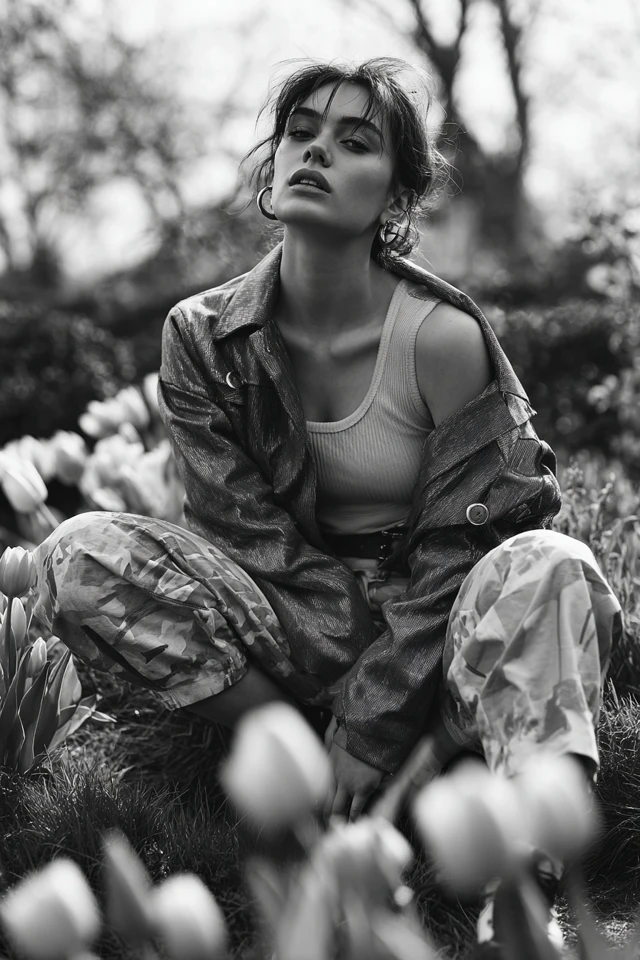Introduction
There is a particular thrill I feel each spring as I open my wardrobe and rediscover the timeless power of monochrome dressing. It’s a quiet confidence that comes from stepping into a single shade, yet claiming boldness through texture, shape, and fit. One morning, as I prepared for a conference, I chose an all-ivory ensemble. The seamless flow of tones across my outfit was surprisingly transformative—not just in how I looked, but in how I carried myself. It was a moment of clarity about the statements made by style choices that blend subtlety with strength.
Monochrome spring style is more than a fashion trend—it is a thoughtfully strategic way to harness color psychology and tailored fit to express who you are. Especially during a season of renewal, embracing one color in layers invites simplicity yet depth. It stops passersby, not with loud contrasts, but with a cohesive message of intentionality and polished elegance. Understanding the emotional and perceptual power behind these choices means dressing to impress is no longer superficial but profoundly confidence-boosting.
About the Author and My Trend Boutique
For anyone seeking a refreshed approach to spring fashion, this deep dive into monochrome styling offers practical insights and inspiring ideas. From scientific theories of color to the art of silhouette selection, we’ll uncover how this minimalist palette can elevate personal style, impeccably tailored to your shape and spirit. Join me as we explore the essential elements that make monochrome a perennial spring statement.
Foundational Concepts
To fully appreciate the allure of monochrome spring style and fit, it’s essential to ground ourselves in a few foundational concepts: color psychology, trend forecasting, and the principle of dressing to impress.
Color Psychology
Color psychology reveals how hues influence mood, behavior, and perception. Research shows that particular colors can evoke specific emotional responses. For example, whites and creams often suggest purity, simplicity, and calm, while softer pastels can evoke freshness and approachability. Understanding these psychological triggers helps us curate wardrobes that align with our desired social and emotional impact.
Consider a real-life scenario: a client preparing for a high-stakes business presentation chose a monochrome navy outfit. The deep blue conveyed authority and trustworthiness, giving her the quiet assurance she needed. This recasts dressing from mere aesthetics to a communicative tool, where your outfit’s color speaks volumes before you say a word.
Trend Forecasting
Trend forecasting combines historical data, cultural shifts, and designer creativity to predict what styles will resonate in upcoming seasons. Monochrome palettes have shown remarkable staying power across decades, often cycling back with modern twists. Forecasts for spring repeatedly highlight the embrace of tonal dressing, particularly where refined neutrals or singular vibrant colors bring harmony and ease to dressing demands.
Dressing to Impress
Dressing to impress isn’t about conforming to fleeting beauty standards but cultivating a style that builds confidence and respect. It involves crafting outfits where fit, fabric, and color synergize to shape perception positively. For example, a flawlessly tailored monochrome look can elongate the frame, mask insecurities, and present a united statement. When mastered, this approach communicates competence and charisma—key attributes in social and professional spheres.
Picture Gallery
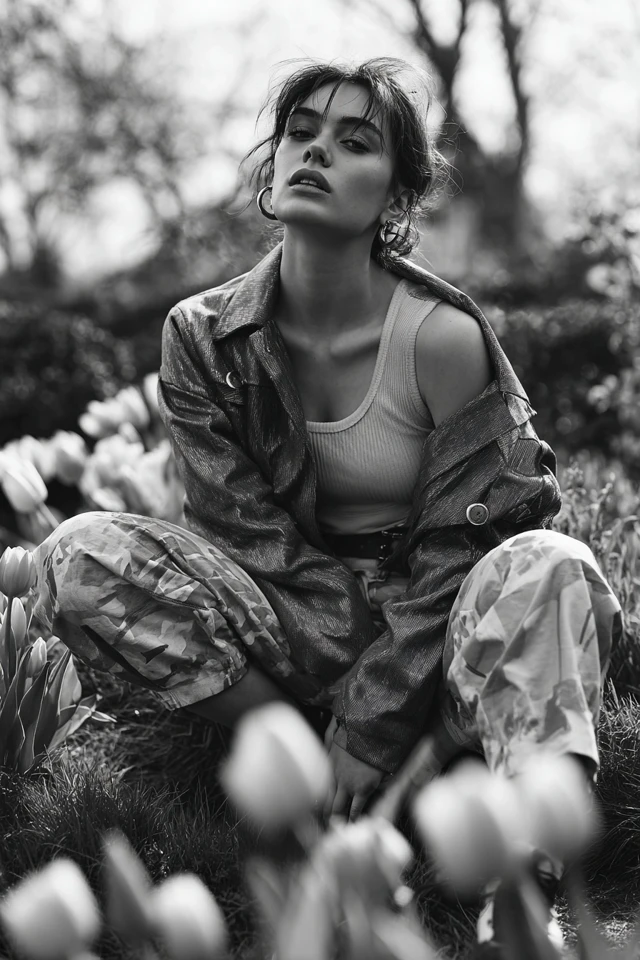
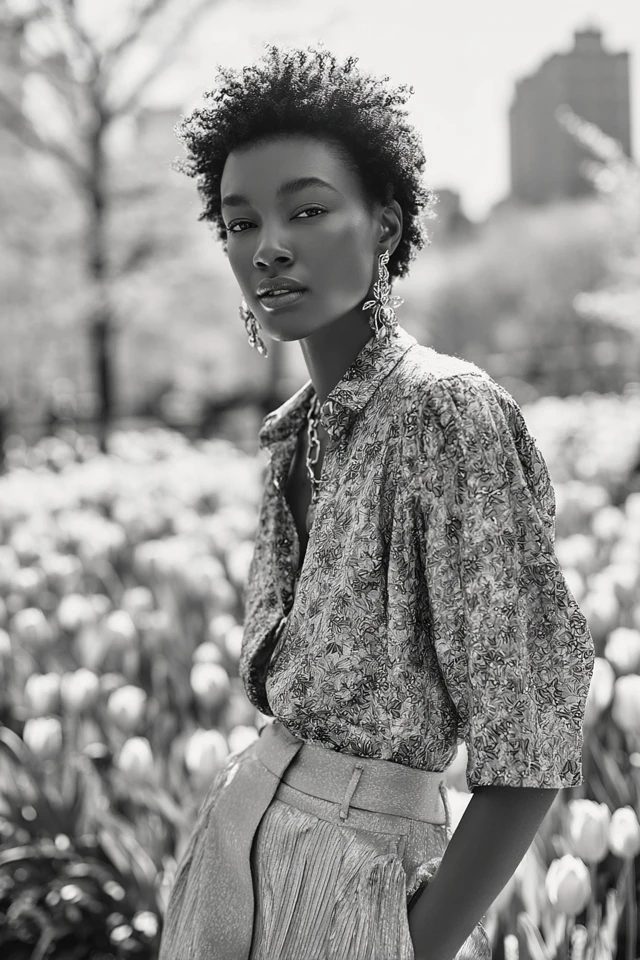
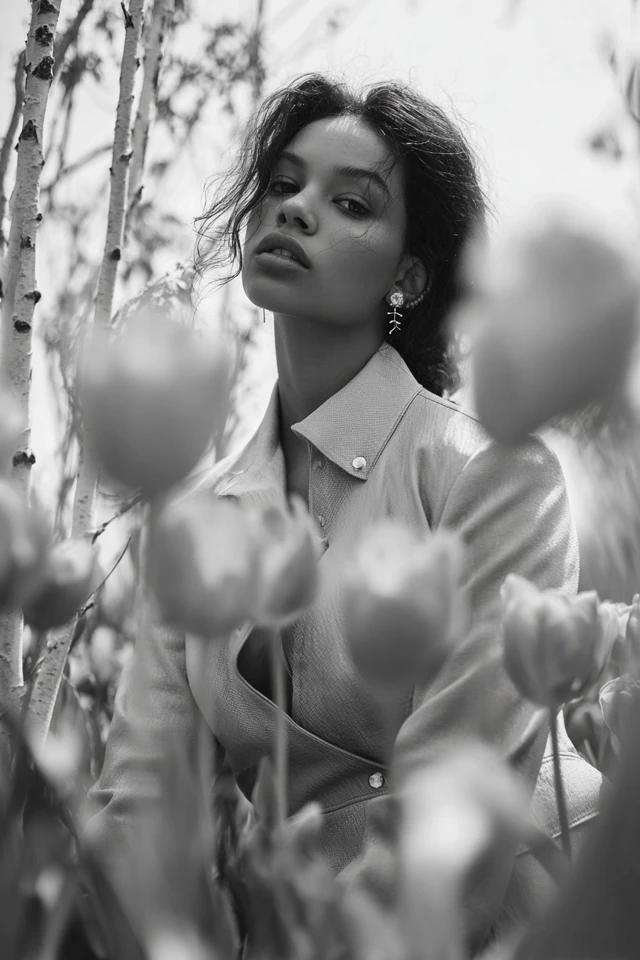
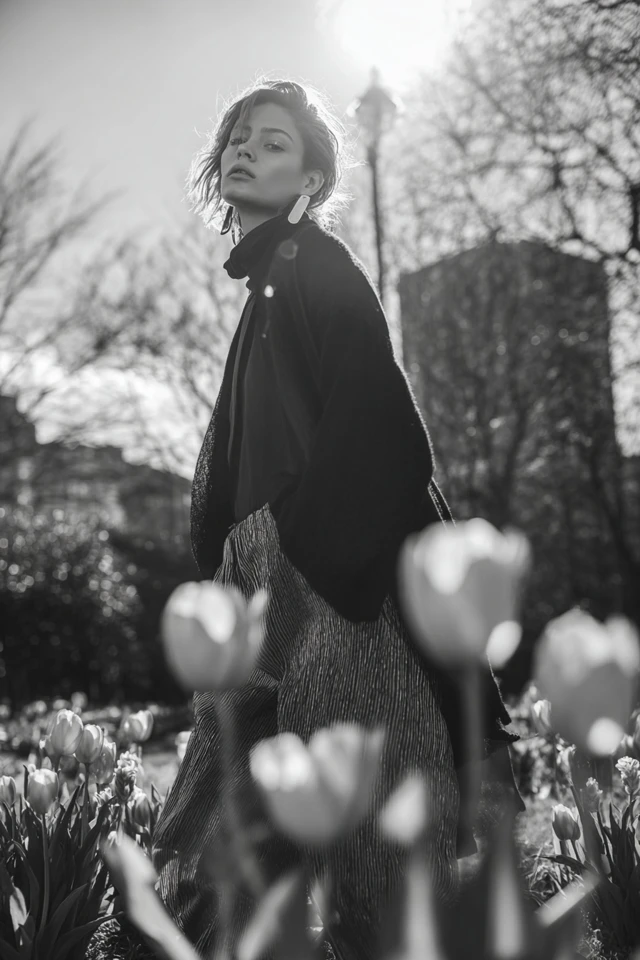
Color Psychology & Emotional Impact
The impact of choosing a monochrome outfit extends beyond visual appeal; it interacts directly with emotions and self-image. The science of first impressions reveals that color significantly influences how we are perceived within seconds of meeting someone. A well-chosen monochrome look can create a sense of calm, confidence, or creativity depending on the hue.
For example, whites and pastels often evoke feelings of serenity and openness, encouraging approachability—ideal for spring events like garden parties or casual workdays. On the other hand, greys and blacks project sophistication and authority, perfect for formal occasions. By wearing one color in varying textures and shades, you naturally amplify your mood and poise without overwhelming the senses.
Moreover, familiarity with your personal color psychology empowers you to use monochrome styling as a form of emotional self-care. Dressing in tones that resonate with your temperament can boost morning motivation and reduce decision fatigue. The monochrome method simplifies, allowing the wearer to feel grounded, purposeful, and effortlessly stylish.
Personal Style & Body Type Considerations
Monochrome dressing offers incredible versatility, but to truly harness its potential, understanding your body type and color palette is key. The fit and fabric choices you make can either highlight your strengths or create imbalance.
Silhouettes
- Hourglass: Opt for fitted silhouettes that accentuate the waist, such as belted dresses or tailored trousers paired with a tailored blouse.
- Rectangle: Bring dimension with layered textures or peplum tops to create curves and break up the visual line.
- Apple: Choose A-line skirts or dresses that flow away from the midsection combined with structured jackets to offer definition.
- Pear: Highlight your upper body with boat necks or statement collars while opting for darker monochrome shades on the bottom.
Fabrics and Hues
Fabrics play a vital role in how a monochrome outfit reads. Light-reflective fabrics like silk or satin offer a soft glow enhancing softer complexions, while matte or textured fabrics work well to ground deeper skin tones.
Spring’s gentle light pairs wonderfully with colors like soft lilac, powder blue, muted sage, and pale peach. If you favor boldness, try monochrome outfits in warmer tones like terracotta or sunflower yellow, adjusting fabric weight for comfort.
Quick Checklist: Is Monochrome Right for Your Style?
- Do you feel confident experimenting with textures and layering?
- Are you comfortable letting color take a subtle yet strong lead?
- Can you tailor your outfit to accentuate your body shape?
- Do you appreciate minimalism with an edge?
If you answered yes to most, monochrome spring styling will not only suit but elevate your personal wardrobe.
Current Trends & Timeless Classics
Monochrome fashion is a study in contrasts between trend and timelessness. This spring, trending colors include dusty rose, soft celery green, and classic camel, offering a fresh yet understated palette. Designers are layering tonal separates with playful textures—from lightweight knits to structured blazers—perfect for spring’s transitional weather.
However, timeless monochrome staples retain their place: crisp white blouses, tailored beige trousers, sleek black slips, and navy knit sets serve as the foundation on which transient trends build. The best approach blends contemporary hues and cuts with classic silhouettes ensuring longevity of style and investment value.
Incorporating statement accessories like a monochrome leather bag or matching belt can punctuate outfits without disrupting their harmony. Layering monochrome outfits with a classic trench or blazer adds practicality and polish while maintaining an effortless spring statement look.
Practical Tips & Recommendations
Embracing monochrome spring style means thinking deliberately about shopping, fit, and maintenance to maximize impact.
- Shopping Tips: Look for quality fabrics that uphold color integrity and avoid overly thin or see-through materials that undermine polish. Invest in versatile pieces such as midi dresses, well-cut trousers, and lightweight trainers or loafers in complementary shades.
- Wardrobe Maintenance: Monochrome requires maintaining immaculate garments since mismatched wear and color fading are immediately noticeable. Separate washes for whites, pastels, and neutrals prolong vibrancy and fabric life.
- Layering Techniques: Play with varying lengths and textures—pair a soft cashmere sweater over a silk blouse or combine matte cotton trousers with a satin camisole topped by a textured jacket to add dimension and interest.
- Accessories: Choose accessories within your chosen color family or opt for metallic accents like gold or silver to add subtle sparkle without disrupting monochrome harmony. Consider monochrome shoes or delicate scarves to elevate your outfit.
- Color Combos to Try: Ivory with pale grey; blush pink with dusty mauve; olive green with soft khaki; stone grey with charcoal; camel with warm beige. These combinations offer layering opportunities that are soothing yet stylish.
FAQs
- Q: How do I find my signature monochrome color?
- A: Start by exploring your skin’s undertones (warm, cool, neutral), then experiment with shades within those categories, noting which boost your complexion and confidence. Test different fabrics and lighting to make a true judgment.
- Q: Can monochrome dressing work on a tight budget?
- A: Absolutely. Focus on versatile staples like t-shirts, trousers, and cardigans in complementary hues. Thrift and resale shops are treasure troves for finding gently used pieces. Mixing low and high price points is key.
- Q: How can I transition a monochrome spring outfit to other seasons?
- A: Layer with season-appropriate items like heavier coats or scarves. Swap lighter fabrics for warmer knits while maintaining your color palette. Add boots or closed shoes to adapt seamlessly.
- Q: Is a monochrome capsule wardrobe feasible?
- A: Yes. A capsule wardrobe built around a monochrome palette simplifies dressing, reduces decision fatigue, and ensures mix-and-match ease. Select base pieces in key shades and layer textures for variety.
- Q: How do I avoid looking washed out in light monochrome colors?
- A: Incorporate varying tones within the same color family, add contrast through accessories, or choose richer textures such as knits, suede, or leather. Highlight your makeup to balance the overall look.
Conclusion
Monochrome spring statement style is a compelling intersection of fashion, psychology, and personal expression. By understanding how color affects mood, perception, and confidence—and combining that insight with flattering fits and thoughtful fabrics—you can craft looks that are elegantly simple yet profoundly impactful. The season invites you to experiment with harmony in your wardrobe, blending current trends with timeless classics to express your unique style.
I encourage you to embrace the subtle power of a well-curated monochrome outfit to elevate your dressing to a form of self-respect and creativity. As you try these styling strategies, pay attention to how your choices influence not just how others see you but how you feel internally.
Please share your monochrome styling journeys, questions, or favorite looks in the comments below. Don’t forget to subscribe for deeper explorations in fashion, color psychology, and practical style advice.

